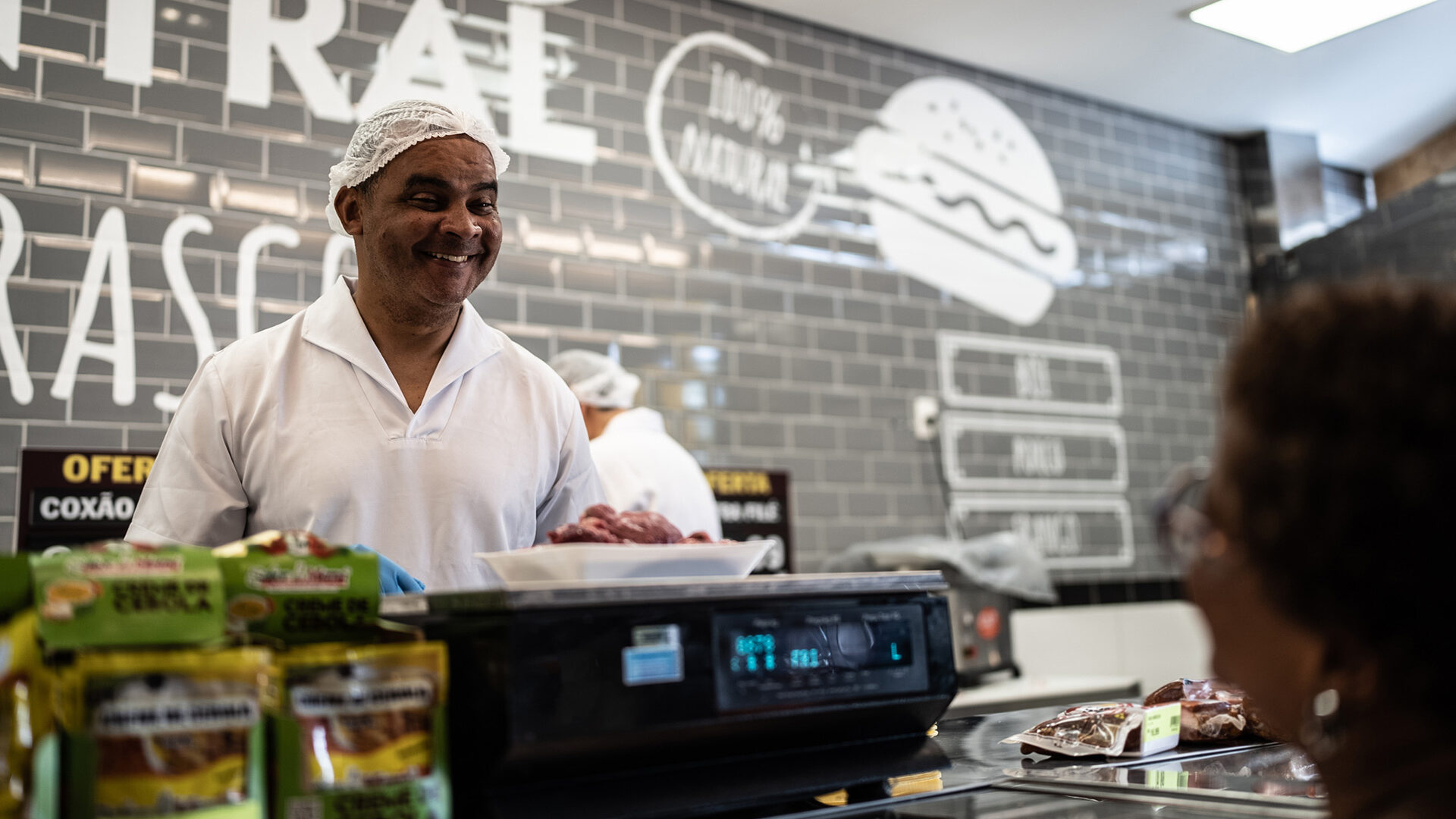2 minute read
Help your team work smarter, not harder

One of the basic techniques to understand stock crew productivity is to use stock cards to have each member of the team capture how their time is spent and how many cases they process in the course of their shift. Usually the effort involves understanding task interference as much as being able to quantify an average case per hour output of the crew. Some aisles or product groups stock faster than others, but at the crew level those differences create a melded picture of the group effort.
Individual efforts can also be assessed, but because some aisles or product areas stock faster or slower than others, a more balanced sample must be taken. That is easily accomplished if you maintain the record over a week or two and vary the stocking assignments among the crew.
Often when I have worked with managers to assess the results some surprising results come to light. Most managers have a pretty good idea of their crew’s capacity and can quickly tell you who they consider to be their best and fastest stocker. They might even describe the individual’s effort in terms of the sweat showing on faces and uniforms at the end of the shift.
Many times the stock cards tell a different story, and it’s one that managers should not forget. Efficient stocking, like many repetitive tasks performed in stores, is not always about brute strength and sweat equity, and he who sweats most is not necessarily the most productive.
Time and time again I have seen associates with a steady, all-day pace that adopt consistent best practice methods outperform the apparent champion of the crew. There is no substitute for executing the right method consistently to improve work output. For stocking, that includes some very basic principles:
- Use two hands instead of one whenever possible.
- Move as many cases from backroom to the floor as is reasonable to limit travel time.
- Position your work close to you to avoid unnecessary steps and to minimize reaches.
- Develop a process that reduces lifts and touches of cases to a minimum.
- Clean up as you go to reduce redundant touches and maintain a safe environment.
It’s all about working smarter, not necessarily harder; and smarter invariably reduces risks to personal injury, maintains a safe working environment for co-workers, and handles product with less exposure to shrink from damage.
Good managers, and servant leaders, can help their associates meet productivity expectations if they focus on methods and help their entire team utilize defined best practices. In the end, your standard should represent good productive output for an average trained associate working at an all-day pace. To get the best performance from your crew help each of them leverage your best methods to complete their shift knowing they have met your standards. Heavy sweat is not always a clear indicator of best performance. In the end, so much of success is about working smarter, not harder.



